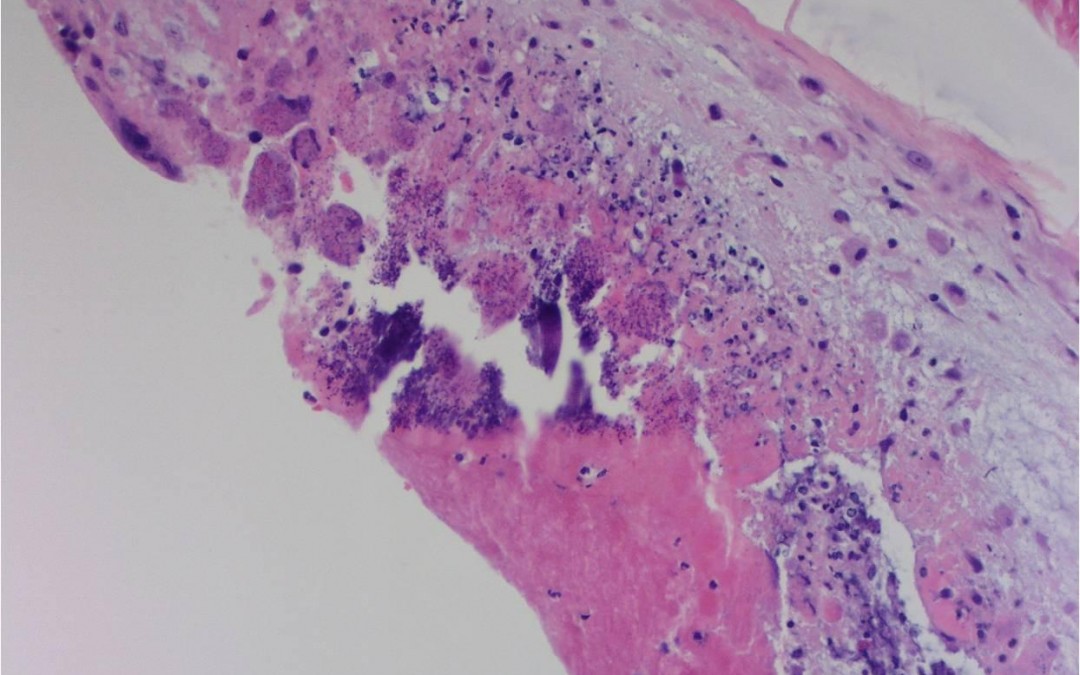BACTERIAL ENDOCARDITIS
Bacterial endocarditis is an inflammation of the inner lining of the heart, often with damage to the valve apparatus and the layer of cells lining the surface of the surrounding blood vessels. Often endocardial pathology is not an independent disease, and develops as a consequence of other diseases. It may occur at any age, are considered to be potential agents of approximately 128 species of microorganisms.
Bacterial, or infectious or septic endocarditis – a septic endocarditis defeat when the bacteria get into the body of the membrane and begin to actively proliferate in it.
As a rule it happens to those, who already have some certain heart defects, so that the bacteremia can occur and spread faster. The bacteria make their way to the heart, once in the body through the mouth.
The main AHA’s recommendation to the doctors, who deal with it most (physicians and dentists), as far as they treat the patients with: previous history of endocarditis, congenital or acquired heart defects, prosthetic heart valves. The defects are damaged heart valves, most congenital cardiac malformations, hypertrophic cardiomyopathy.





